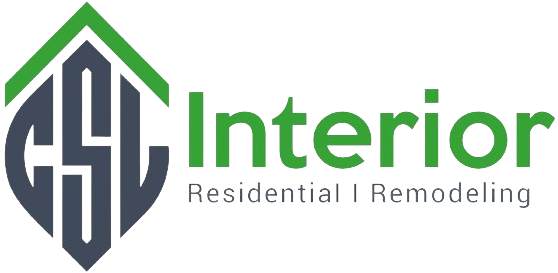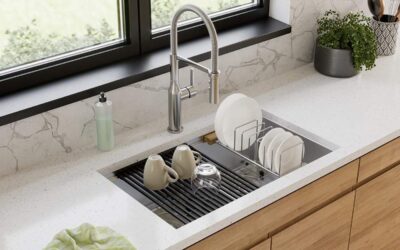When planning a remodeling project, homeowners often face the challenge of coordinating between a designer and a contractor. Traditionally, the design and construction phases are treated as separate entities, which can lead to communication issues, budget overruns, and delays. However, combining design and construction services into a single, integrated process offers numerous benefits. Here’s why this approach is becoming increasingly popular for homeowners and businesses alike.
1. Streamlined Communication
One of the most significant advantages of combining design and construction services is improved communication. When both the design and construction teams are part of the same organization, there’s a seamless flow of information. This eliminates misunderstandings, ensures that everyone is on the same page, and reduces the risk of costly errors. Homeowners benefit from having a single point of contact, making the entire process less stressful and more efficient.
2. Cost Efficiency
Integrating design and construction services can lead to significant cost savings. By working with a unified team, homeowners receive accurate cost estimates early in the design phase. This allows for better budget management and reduces the likelihood of unexpected expenses. Additionally, design-build firms often have established relationships with suppliers, enabling them to source high-quality materials at competitive prices.
3. Faster Project Completion
Time is a critical factor in any remodeling project. When the design and construction teams collaborate from the start, the project timeline can be significantly reduced. There’s no need to wait for designs to be finalized before construction begins. Instead, the design-build process allows for overlapping phases, ensuring that the project progresses smoothly and efficiently.
4. Enhanced Accountability
With a traditional approach, homeowners may find themselves caught in the middle of disputes between the designer and contractor. Combining these services under one roof eliminates this issue. A design-build firm is fully accountable for the entire project, from initial concept to final completion. This unified responsibility fosters a higher level of commitment and ensures that the project meets the homeowner’s expectations.
5. Cohesive Vision
When the design and construction teams work together, they share a unified vision for the project. This ensures that the design is practical, achievable, and aligned with the homeowner’s goals. Potential issues are identified and resolved early in the process, resulting in a finished product that is both aesthetically pleasing and functional.
6. Personalized Solutions
Design-build firms take a holistic approach to remodeling projects, tailoring their services to meet the unique needs of each homeowner. By combining their expertise, the design and construction teams can create customized solutions that maximize space, functionality, and style. This personalized approach leads to higher satisfaction and a truly one-of-a-kind result.
7. Reduced Stress
Remodeling can be a daunting task, but combining design and construction services simplifies the process. Homeowners no longer have to juggle multiple contracts, manage separate timelines, or mediate conflicts between different parties. Instead, they can rely on a single, trusted partner to handle every aspect of the project.
Conclusion
Combining design and construction services offers a streamlined, efficient, and stress-free approach to remodeling. By choosing a design-build firm, homeowners can enjoy better communication, cost savings, faster project completion, and a cohesive vision. This integrated method ensures that the final result not only meets but exceeds expectations, making it an excellent choice for anyone planning a home renovation or construction project.



